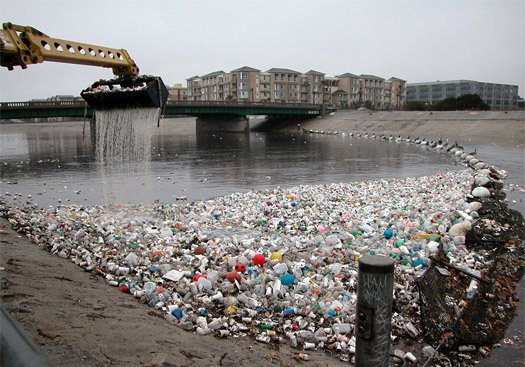By Ron Hine | FBW | May 20, 2015
The New York City metropolitan region is surrounded by water — the Hudson, East, Raritan & Hackensack Rivers; the Long Island Sound, the New York Bay, the Kill Van Kull and the Atlantic Ocean. New York City has 578 miles of coastline. Being a tidal estuary, the rivers flow both ways. The rivers empty into the Atlantic Ocean. As the tide rises, the salt waters of the ocean flow back up the waterways. Many ocean fish – the American shad, the Atlantic sturgeon and the striped bass — migrate up the rivers to spawn. Their offspring spend their early life in the rivers before swimming into the sea. The surge of Superstorm Sandy hit the New York Bight on the bull’s eye teaching a hard lesson to coastal residents of the devastation the ocean can wreak.
So what better place for Timothy Beatley to bring his message. He is the author of Blue Urbanism, Exploring Connections between Cities and Oceans. On Thursday, May 7, he gave the keynote address to over 600 people at the Metropolitan Waterfront Alliance 2015 Waterfront Conference. The conference convened aboard the Hornblower Infinity at Pier 40 docked along Hudson River in Manhattan. After lunch, those attending were treated to the spectacular views from the Hudson River, New York Bay and East River before returning to dock.
About 70 percent of the earth’s surface is covered by ocean whose average depth is several thousand feet. From industrial waste to sewerage, we have polluted our waterways which empty into the oceans that hold this vast store of life. Beatley says, “How can we become better stewards of the world’s oceans?” He asks, how can we form a beneficial relationship between our populated urban areas and the oceans that help to sustain us?
In his “Blue Urbanism” essay in Places Journal Mr. Beatley writes: “Until recently, cities have mostly evaded responsibility for the failure of ocean systems because it is difficult to visualize or quantify the offshore effects of urban life. Our city maps stop at the water’s edge, even though the activities that support urban systems extend many miles beyond.”
In addition to the blue urbanism, Mr. Beatley introduced another concept: biophilic cities. The term biophilia was used by the psychoanalyst Erich Fromm in his book The Anatomy of Human Destructiveness and later by the American biologist Edward O. Wilson in his 1984 book Biophilia. The biophilia hypothesis is that humans possess an innate tendency to seek connections with nature and other forms of life.
Beatley spoke of the need for urban dwellers to think about how to tap into that innate feeling we have to connect with nature while living in a city. He describes nature as a special anecdote and contends that for humans, the emotional and psychological benefits of nature is mounting. Beatley proposed that we design buildings around biophilic principles and that we rewild parks thereby rewilding our hearts.
Tim Beatley is the Teresa Heinz Professor of Sustainable Communities at the School of Architecture at the University of Virginia. He is also the project director for Biophilic Cities (biophiliccities.org). In 2010, Beatley wrote another book, Biophilic Cities: Integrating Nature Into Urban Design and Planning.
Related Links
biophiliccities.org
MWA Waterfront Conference 2015
Parks & trees missing from City’s plan
Roots over the river (June 2001)

